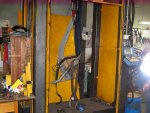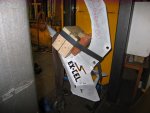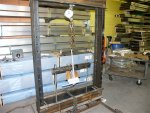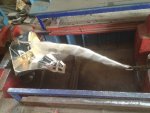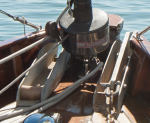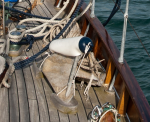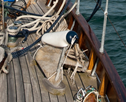Pete7
Well-Known Member
Keeping the anchor under tension from the windlass - will not do the windlass any good.
I think every windlass maker says ensure that the windlass is not subject to unnecessary stress. Keeping the rode under tension on the bow roller 24/7 seems to contradict it that recommendation.
Tie the anchor with a few pennies worth of rope (oversized string?) and release the tension on the windlass - simples
What's not to like Jonathan
Who said anything about using the windlass

